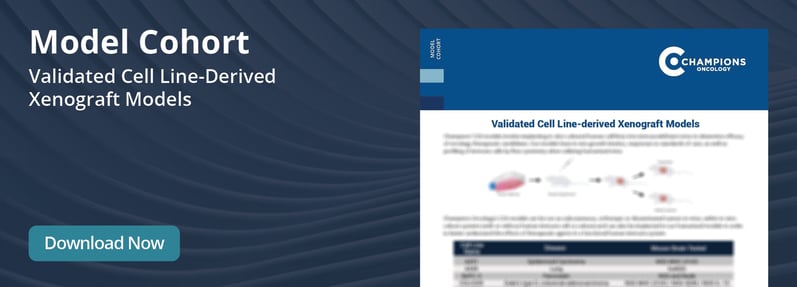Cell Line-Derived (CDX) Mouse Models
Well-characterized Cell line-Derived Xenograft (CDX) models for reliable in vivo evaluation of cancer drug candidates.
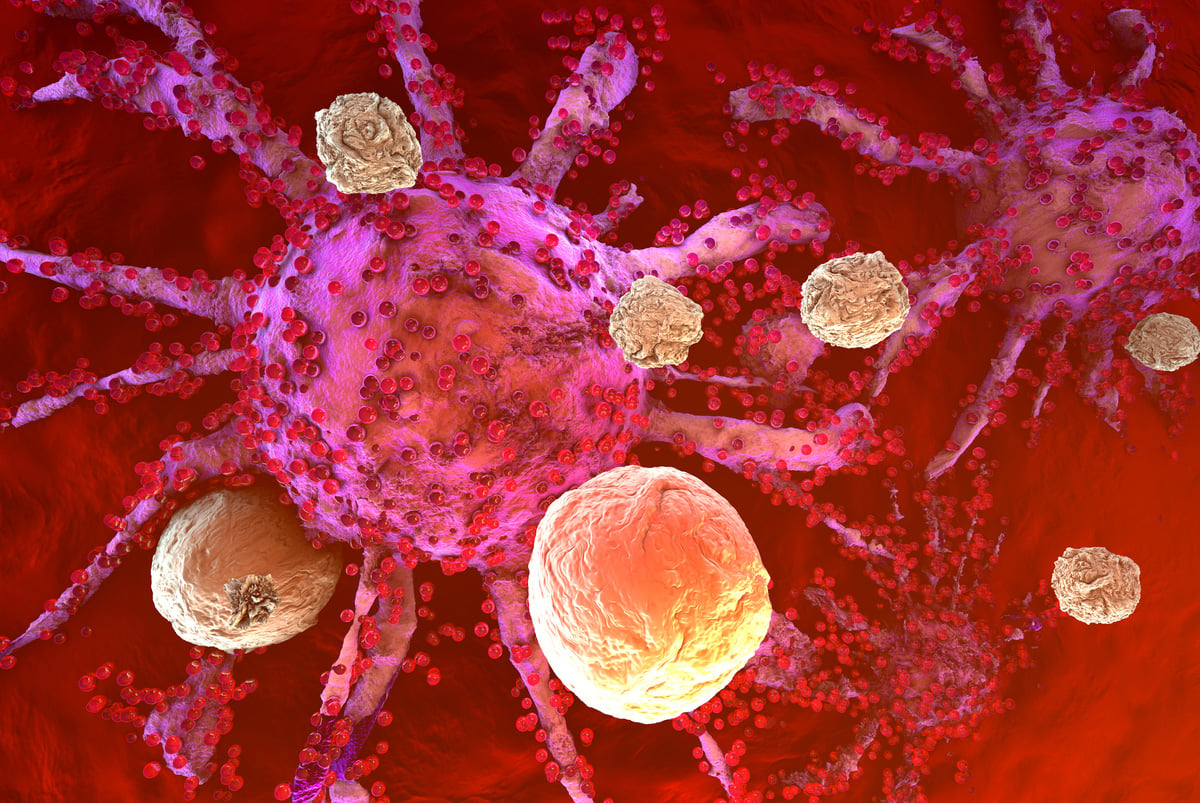
Validated Cell Line-Derived Xenograft Models for oncology studies
Cell line-Derived Xenograft (CDX) models are fundamental preclinical tools that help bridge the transition from early research to clinical trials in oncology drug development. Widely utilized in cancer research, these models are created by implanting in vitro-cultured human cancer cell lines into immunodeficient mice. This approach enables researchers to investigate tumor growth dynamics, assess drug efficacy, and analyze resistance mechanisms in a controlled in vivo setting. CDX platform can be applied to the following aspects of oncology drug development:
-
Screening and optimizing novel anticancer therapies to enhance treatment effectiveness.
-
Investigating tumor progression and drug resistance with rapidly growing tumors for accelerated drug efficacy evaluation.
-
Validating biomarkers for targeted therapies using well-characterized and widely available cell lines for standardized research.
Well Characterized CDX Models for In Vivo Screening
Champions' CDX models can be implanted as subcutaneous, orthotopic, or disseminated tumors in mice, and can also be implanted in our humanized models in order to better understand the effects of therapeutic agents in a functional human immune system. Compatible with a variety of endpoints, CDX models represent a fast tool to quickly assess efficacy and mechanism of action, prior to testing using more clinically relevant PDX models.
-
Over 100 CDX models
-
Subcutaneous, orthotopic, or disseminated tumor models including luciferase-tagged lines for in vivo imaging
-
Well characterized models with in vivo growth kinetics, NGS, proteomics, and phospho-proteomics data available in Lumin

CDX Model Endpoints
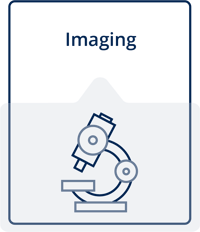
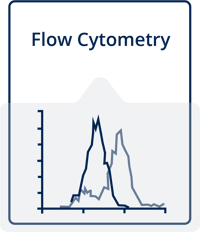
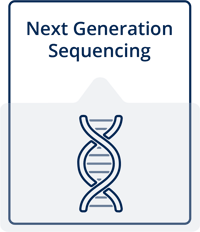
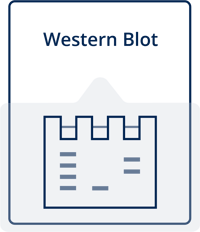
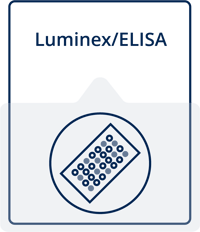
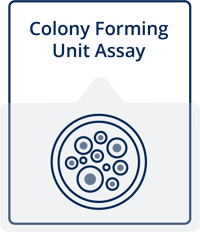
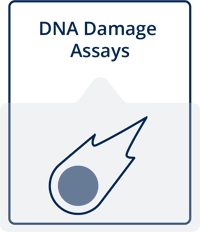
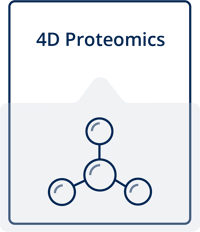
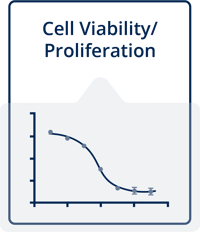
Download the CDX Model Cohort Sheet to learn more about Champion's CDX platform and the available models.
Preclinical oncology research is a critical component in the development of new cancer therapeutics, and it is essential that drug candidates are carefully screened before they are tested in human clinical trials. One valuable tool in preclinical oncology research is the use of cell line-derived xenograft (CDX) models. In this blog post, we will explore the benefits of CDX models for preclinical oncology screening and how they can be used to improve our understanding of cancer and the development of new treatments.
What are cell line-derived xenograft (CDX) models?
Cell line-Derived Xenograft (CDX) models are preclinical in vivo systems widely used in cancer research to investigate tumor biology and assess the effectiveness of anticancer therapies. These models are established by implanting in vitro-cultured human cancer cell lines into immunodeficient mice, allowing for the study of tumor growth, drug response, and resistance mechanisms. CDX models offer a reproducible and cost-efficient platform, making them essential tools in oncology drug development.
How are CDX models established?
Cell line-Derived Xenograft (CDX) models are established through a series of well-defined steps to create in vivo systems for cancer research. The process includes:
Selection of Cancer Cell Lines – Human cancer cell lines with known genetic and phenotypic characteristics are chosen based on the research objectives.
In Vitro Cell Culture – The selected cell lines are expanded under controlled laboratory conditions to ensure viability and consistency.
Implantation into Immunodeficient Mice – Cultured cancer cells are injected subcutaneously or orthotopically into immunodeficient mice, which lack an adaptive immune response to prevent rejection.
Tumor Development and Monitoring – Tumor growth is closely observed, and measurements are taken to evaluate progression.
Drug Testing and Analysis – Once tumors reach the desired size, therapeutic candidates are administered to assess drug efficacy, resistance, and biomarker responses.
CDX models provide a controlled, reproducible platform for studying tumor biology and screening potential cancer therapies before advancing to clinical trials.
What are the limitations of CDX models compared to PDX models?
Lack of Tumor Heterogeneity – CDX models originate from established cell lines, losing genetic diversity, while PDX models retain patient tumor complexity.
Altered Tumor Biology – In vitro adaptation may change tumor characteristics, reducing clinical relevance.
Limited Tumor Microenvironment – CDX models lack stromal and immune components, unlike PDX models, which preserve them.
Less Predictive Drug Response – CDX models are more homogeneous and may not accurately reflect patient treatment responses.
Despite these limitations, CDX models remain useful for early drug screening, while PDX models offer greater clinical relevance.
In what scenarios are CDX models preferred over other models?
CDX models are preferred over other models in the following scenarios:
Early Drug Screening – They offer a cost-effective and reproducible platform for high-throughput screening of potential drug candidates in a controlled in vivo setting.
Standardized Research – Since CDX models are derived from established cancer cell lines, they provide consistency and reliability across experiments, making them ideal for comparing drug efficacy.
Limited Resources – Due to their lower cost and simpler setup, CDX models are often used in labs with limited resources or when rapid results are needed.
Basic Mechanistic Studies – They are useful for understanding basic cancer biology, tumor growth, and drug interactions, especially when assessing the effects of compounds on well-characterized tumor types.
When Tumor Heterogeneity is Less Critical – CDX models are suitable when the focus is on a specific, well-understood tumor type or pathway, rather than capturing the complexity of patient-specific tumors.





